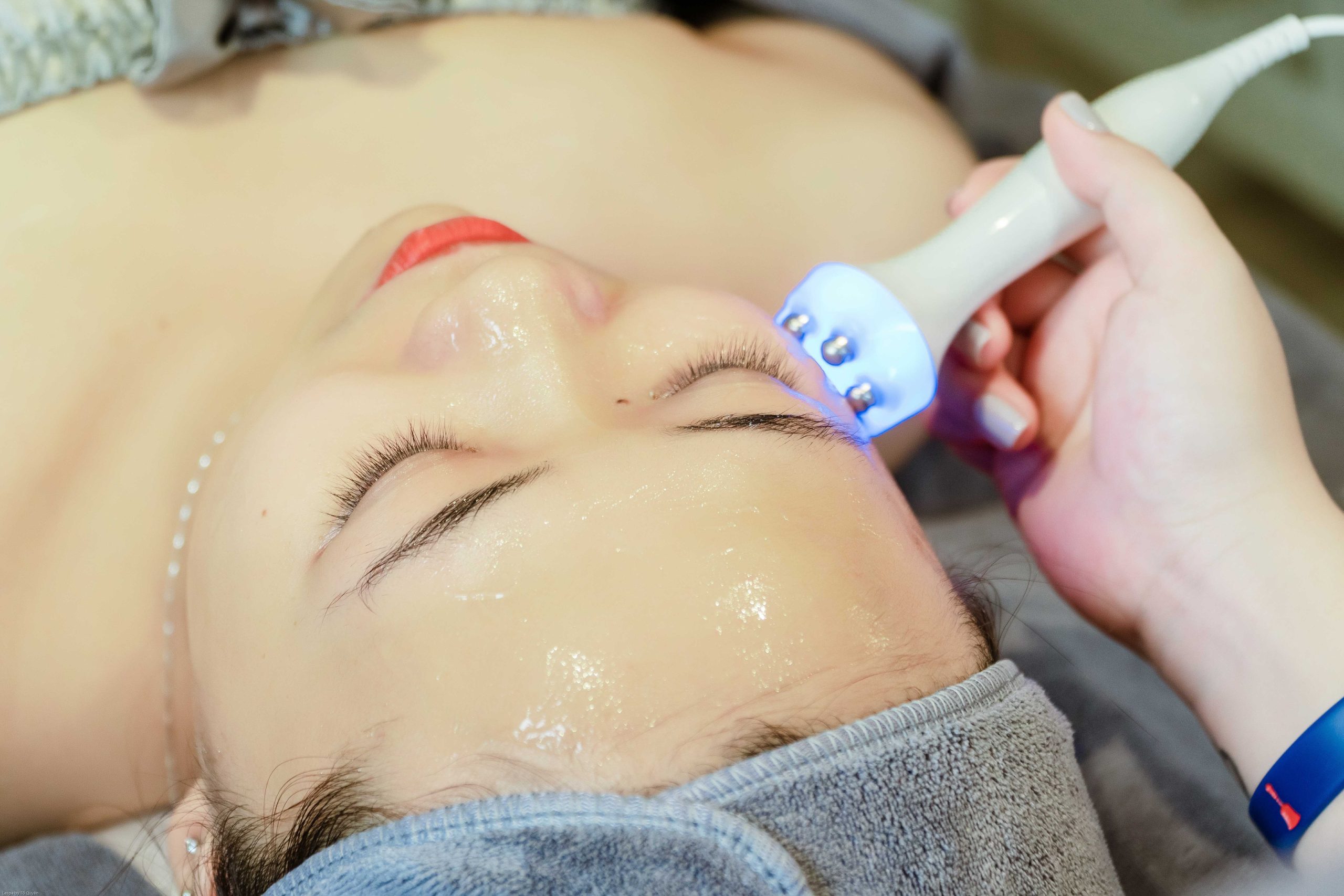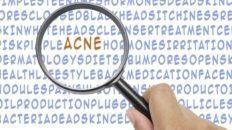Blackheads, those pesky little dark spots that can appear on your skin, are a common skincare concern for people of all ages. These tiny, pinhead-sized blemishes often appear on the face, particularly in the T-zone (forehead, nose, and chin), but can also pop up on the back, chest, and shoulders. While they are not as inflamed or noticeable as pimples or cysts, blackheads can still be a source of frustration and insecurity for many. In this comprehensive article, we will explore what blackheads are, why they form, and most importantly, how to effectively remove and prevent them, so you can say goodbye to blackheads for good.
Understanding Blackheads
Before we delve into removal and prevention strategies, it’s important to understand what blackheads are and why they occur.
What Are Blackheads?
Blackheads, also known as open comedones, are a type of acne lesion. They appear as small, raised bumps on the skin’s surface and have a dark or black coloration at the center. This dark appearance is due to the oxidation of melanin, the pigment responsible for our skin, hair, and eye color. Unlike pimples or pustules, blackheads are non-inflammatory, meaning they are not red, swollen, or painful.
How Do Blackheads Form?
Blackheads develop when hair follicles become clogged with a combination of excess oil (sebum), dead skin cells, and sometimes bacteria. Here’s how the process unfolds:
- Excess Oil Production: Your skin naturally produces oil to keep it moisturized and protected. However, when the sebaceous glands in your skin produce more oil than needed, it can mix with dead skin cells and become trapped in hair follicles.
- Clogged Pores: The mixture of excess oil and dead skin cells forms a plug within the hair follicle, blocking its normal pathway to the skin’s surface. This plug is called a comedone.
- Oxygen Exposure: Unlike closed comedones (whiteheads), which remain sealed under the skin’s surface, blackheads are open to the skin’s surface. This allows oxygen to come into contact with the trapped material.
- Oxidation: When the trapped mixture is exposed to air, it undergoes a chemical reaction known as oxidation. This reaction causes the melanin within the mixture to turn dark or black, giving blackheads their distinctive appearance.
It’s important to note that blackheads are a common occurrence and not a sign of poor hygiene. They can happen to anyone, regardless of how diligently they cleanse their skin.
Effective Removal of Blackheads
Now that we have a grasp of what blackheads are and how they form, let’s explore effective methods for removing them safely. Keep in mind that improper removal can lead to skin irritation, scarring, or even more blackheads. Here are some proven strategies:
1. Gentle Cleansing:
A consistent skincare routine that includes gentle cleansing is essential for managing blackheads. Use a mild, non-comedogenic cleanser twice daily to remove excess oil and dirt from your skin. Avoid harsh scrubbing, as it can worsen blackheads.
2. Exfoliation:
Regular exfoliation helps remove dead skin cells from the surface of your skin, reducing the risk of blackheads. Look for exfoliating products containing salicylic acid or glycolic acid, which are effective at penetrating and unclogging pores. Use exfoliants 2-3 times a week to avoid over-exfoliation.
3. Steam Your Face:
Steam can help loosen and soften blackheads, making them easier to remove. To steam your face, fill a bowl with hot water and lean over it, covering your head with a towel to trap the steam. Do this for about 5-10 minutes, then proceed to the next step.
4. Manual Extraction:
Gently squeezing blackheads with clean fingers or a comedone extractor can help remove them. Ensure your hands and tools are clean, and only attempt this on blackheads that are close to the surface. Press gently, and if the blackhead doesn’t come out easily, don’t force it to avoid skin damage or infection.
5. Clay Masks:
Clay masks can help draw out impurities from the skin, including excess oil and blackheads. Apply a clay mask once a week, and follow the instructions on the product label.
6. Over-the-Counter Products:
There are over-the-counter products specifically formulated to treat blackheads. Look for topical treatments containing ingredients like salicylic acid or benzoyl peroxide. These can help break down the plugs in the pores and prevent new blackheads from forming.
7. Professional Extraction:
For stubborn or deeply embedded blackheads, it’s best to seek professional help from a dermatologist or an esthetician. They have the expertise and tools to safely extract blackheads without causing harm to the skin.
8. Chemical Peels:
Chemical peels administered by a dermatologist can be effective at exfoliating the skin’s surface and reducing blackheads. These treatments should only be done by a trained professional.
Preventing Blackheads
Prevention is key when it comes to blackheads. Once you’ve successfully removed them, you’ll want to take steps to keep them from coming back. Here are some preventive measures:
1. Regular Cleansing:
Maintain a consistent skincare routine that includes gentle cleansing. This will help remove excess oil and prevent the buildup of dead skin cells that can lead to blackheads.
2. Use Non-Comedogenic Products:
Choose skincare and makeup products labeled as non-comedogenic or oil-free. These products are less likely to clog your pores.
3. Exfoliate:
Regular exfoliation, as mentioned earlier, can help prevent blackheads by removing dead skin cells before they clog your pores.
4. Avoid Touching Your Face:
Touching your face with your hands can transfer oil and dirt to your skin, potentially leading to blackheads. Try to keep your hands away from your face as much as possible.
5. Use Oil-Free Sunscreen:
Protecting your skin from the sun is crucial, but choose an oil-free sunscreen to avoid clogging your pores.
6. Balanced Diet:
Some studies suggest that a diet high in sugary and high-glycemic-index foods may exacerbate acne and blackheads in some individuals. Consider maintaining a balanced diet rich in fruits, vegetables, whole grains, and lean proteins.
7. Hydration:
Staying hydrated can help maintain skin health and prevent excessive oil production.
8. Don’t Overdo It:
Avoid excessive cleansing or exfoliating, as it can strip your skin of natural oils and lead to rebound oil production.
Conclusion
Blackheads can be a persistent and bothersome skin concern, but with the right approach, you can effectively remove them and keep them at bay. Remember that patience and consistency are key when dealing with blackheads. Avoid aggressive or harsh methods, as they can lead to skin damage and further issues. Instead, focus on a gentle and holistic skincare routine that includes regular cleansing, exfoliation, and the use of appropriate products. If blackheads persist or become severe, consult a dermatologist for professional guidance and treatment options. With dedication and proper care, you can achieve a smoother, clearer complexion and say goodbye to blackheads for good.


